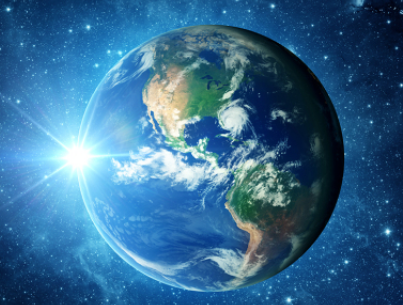To explain the amount of carbon 12 that we see in the geologic record
对于地质记录中发现大量碳-12的解释是,
we need to warm up the bottom water by somewhere in the order of about 5℃
海底某处的水温可能升高了大约5℃。
He published his results in 1999. He couldn't have anticipated their effect.
他于1999年发表了这一研究结果,其反响出乎他的意料。
5,000 miles away in England, however, Paul Wignall read Dickens's findings with growing interest.
在5000英里之外的英国,Paul Wignall以极大的兴趣拜读了Dickens的发现。
Suddenly realized that in fact a lot of his ideas as to how to explain carbon 12 increases
我突然意识到他的很多观点正好能解释碳-12激增的原因,
may actually apply to the story we're getting from Greenland.
补全了我们从格陵兰带回来的那个故事。
It's a kind of a missing link in the story for the Permian extinction.
它正是二叠纪生物大灭绝故事中漏掉的一环。

Wignall now began to speculate.
此时Wignall开始思考。
What would be the effect on the world's climate of so much methane?
这么多甲烷会对全球气候造成何种影响呢?
It's one of the most potent greenhouse gases known to man.
它是人类已知最强的温室气体。
Wignall constructed a rough climate model, using the carbon 12 as a guide to the quantities of methane.
Wignall建了一个简单的气候模型,用碳-12作为甲烷数量的标记。
It's not that straightforward to work out just how significant the impact of this methane release would be,
它并不能直接研究出这些甲烷释放后的影响有多大,
but it's possible to work out the volumes emitted using the evidence from the carbon 12 increase,
但是能通过碳-12的增量计算出甲烷释放的热量,
and these certainly suggest that there may have been sufficient methane going into the atmosphere to perhaps increase global temperatures by 4/5℃.
结果表明只要有足够的甲烷进入大气就能使全球气温上升4-5℃。












